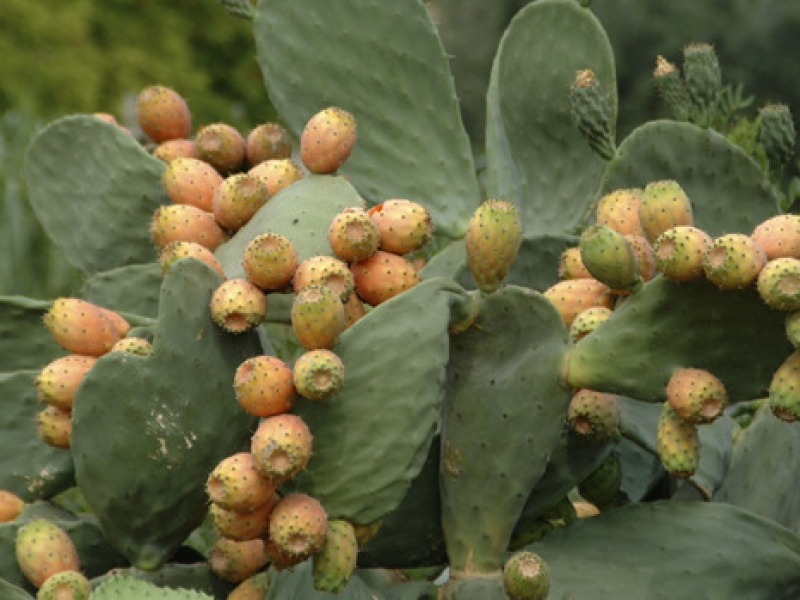

Succulent plant native to Mexico and Central America, but naturalized in the Mediterranean basin and in many other temperate zones of the world (Asia, France, Australia). It can assume a treelike aspect and reach an height of 4-5 metres. It is composed by cladodes, vulgarly called "blades", which are modified stems, flattened and oval shaped, important for the chlorophyllian photosynthesis. The whole surface of the plant is full of thorns of different sizes. Between the end of spring and the beginning of summer, flowers with yellow-orange petals appear on the top of one year-old cladodes; at the end of summer these are followed by ornamental and edible fruits which are sweet and tasty and of a red, orange and yellow color, covered with a thorny rind.
The staff of Vivai Capitanio has his own catalogue with all the plants in the store and that grows in our greenhouse. Use this button to download the latest version.
PAper catalogue is available only for professionals. Fill the form to receive it by post: